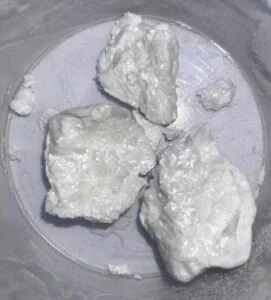Blog
is bolivian coke the best
Is Bolivian Coke the Best? A Look into the Cocaine Culture
When discussing the allure of Bolivian coke, it’s essential to understand the cultural and historical context surrounding coca leaves in Bolivia. Unlike in many parts of the world, where cocaine is strictly illegal and associated with crime, in Bolivia, coca leaves hold a significant cultural value. Here’s a closer look at the factors that contribute to the perception of Bolivian coke as one of the best in the world.

Cultural Significance of Coca
- Historical Use: Coca leaves have been used by indigenous peoples in the Andes for over 3,000 years. They are traditionally chewed to combat fatigue and altitude sickness, making them an integral part of Andean culture.
- Legal Status: In Bolivia, the cultivation of coca is legal for traditional uses. President Evo Morales has defended coca’s cultural importance, arguing against the eradication of coca fields as a form of cultural imperialism.
Cocaine Production in Bolivia
- Global Ranking: Bolivia ranks third in the world for coca production, following Colombia and Peru. The country has approximately 23,000 hectares of coca plantations, which contribute to its reputation for high-quality cocaine.
- Purity and Price: Reports suggest that Bolivian cocaine is known for its high purity levels, often available at lower prices compared to other countries. This has led to a burgeoning “cocaine tourism” industry, particularly in places like La Paz.
Route 36: The Cocaine Bar
- Cocaine Lounge: Route 36 is a well-known bar in La Paz where cocaine is served alongside cocktails. The establishment operates in a clandestine manner, frequently changing locations to evade law enforcement.
- Tourist Attraction: Many travelers seek out Route 36 as part of their South American adventure, often describing it as a must-visit destination. The experience is characterized by a mix of excitement and caution, as patrons navigate the unique atmosphere of the bar.
Comparative Analysis
- Cultural Acceptance: Unlike in many Western countries where cocaine use is heavily stigmatized, in Bolivia, the use of coca and its derivatives is more socially accepted, contributing to the perception of Bolivian coke as superior.
- Quality vs. Legality: While the quality of Bolivian cocaine is often praised, it is essential to remember that cocaine remains illegal and poses significant health risks. The romanticized view of Bolivian coke should be tempered with an understanding of the broader implications of drug use.
Uses of Bolivian Coke
- Stimulant: Coca leaves are traditionally chewed or brewed into tea to provide energy and combat fatigue, especially at high altitudes.
- Medicinal Applications: Coca leaves have been used in traditional medicine to alleviate various ailments, including headaches, digestive issues, and altitude sickness.
- Culinary Uses: In Bolivia, coca leaves are sometimes used in cooking and can be found in various local dishes, adding a unique flavor and nutritional value.
- Cultural Practices: Coca plays a vital role in rituals and ceremonies among indigenous communities, symbolizing social cohesion and cultural identity.
- Economic Value: The coca industry provides significant income for many Bolivian farmers, contributing to the local economy and livelihoods.
Properties of Bolivian Coke
- Chemical Composition: Coca leaves contain alkaloids, including cocaine, which is a powerful stimulant. However, the concentration of cocaine in the leaves is relatively low compared to processed cocaine.
- Natural Resource: Coca is considered a renewable natural resource, and its cultivation is regulated by Bolivian law to balance traditional use with economic needs.
- Cultural Heritage: The coca plant is recognized as part of Bolivia’s cultural patrimony, with legal protections in place to preserve its traditional uses.
- Social Cohesion: The cultivation and use of coca are seen as factors that promote social cohesion among communities, reinforcing cultural identity and heritage.
